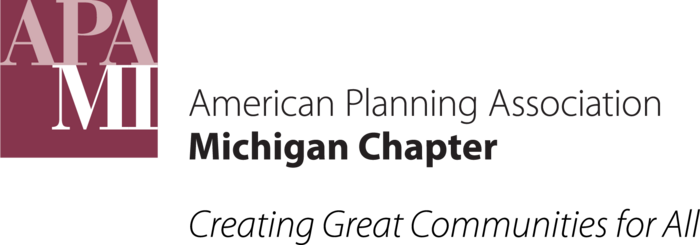State Coastal Regulations
The State of Michigan has several regulatory programs for Great Lakes shorelines, as described below.
The basis for many of these programs is the Natural Resources and Environmental Protection Act (Act 451 of 1994). Coastal-related rules are administered by the Department of Environment, Great Lakes, and Energy (EGLE) and are found in the following parts:
Key Regulatory Parts
- Part 303: Wetlands Protection
- Part 323: Shorelands Protection and Management
- Part 325: Great Lakes Submerged Lands
- Part 353: Sand Dunes Protection and Management
- Part 31: Water Resource Protection and the National Flood Insurance Program
Wetlands
Wetlands provide numerous benefits, including:
- Habitat for wildlife
- Flood control
- Groundwater recharging
- Erosion prevention
- Pollution treatment
To protect these valuable areas, EGLE requires a permit and mitigation (and sometimes replacement) before disturbing any of the following wetlands:
- Connected to one of the Great Lakes or Lake St. Clair.
- Located within 1,000 feet of one of the Great Lakes or Lake St. Clair.
- Connected to an inland lake, pond, river, or stream.
- Located within 500 feet of an inland lake, pond, river, or stream.
- More than 5 acres in size.
Additionally, some particularly important Great Lakes wetlands receive extra protection under the “Environmental Areas” program, which has a very high bar for permit approval.
Shorelands Protection - High Risk Erosion Areas
Construction in High Risk Erosion Areas along the Great Lakes requires a joint permit from the Michigan Department of Environmental Quality and the Army Corps of Engineers. Required setbacks are measured from the “Erosion Hazard Line,” not the Ordinary High Water Mark as with other regulations. Smaller structures are permitted to be closer to the Erosion Hazard Line than larger structures, and septic systems have very large required setbacks.
>> High Risk Erosion Program website
Great Lakes Submerged Lands
The Great Lakes Submerged Lands Program regulates construction activities along 3,288 miles of Great Lakes shoreline and over 38,000 square miles of Great Lakes bottomlands. Typical projects regulated include filling, dredging, and structural alterations lakeward of the EOHWM. Most shore armoring structures, such as seawalls, revetments, sandbags, and groins, are regulated under this program, which has major implications for coastal resilience planning.
Sand Dunes Protection - Critical Dunes
The Critical Dunes program protects about 29% of Michigan’s dunes. When originally adopted in 1989, it had extremely stringent standards, including prohibiting construction on the lakeward side of dunes. In 2012, the standards were relaxed, although the dunes are still protected in many ways.
>> Critical Dunes Program website
Water Resources Protection - Flood Hazard Management
The State of Michigan's Floodplain Regulatory Authority requires that a permit be obtained prior to any alteration or occupation of the 100-year floodplain of a river, stream, or drain with a drainage area that is 2 square miles or greater.
>> Flood Hazard Management website
Permitting
The Joint Permit Application (JPA) is for construction activities where the land meets the water, covering permit requirements derived from state and federal rules and regulations. The JPA operates under three tiers of permitting categories for regulated activities under NRPEPA Parts 301, 303, and 325. Additional categories also exist for floodplains under the authority of Part 31.
>> Joint permit application information

